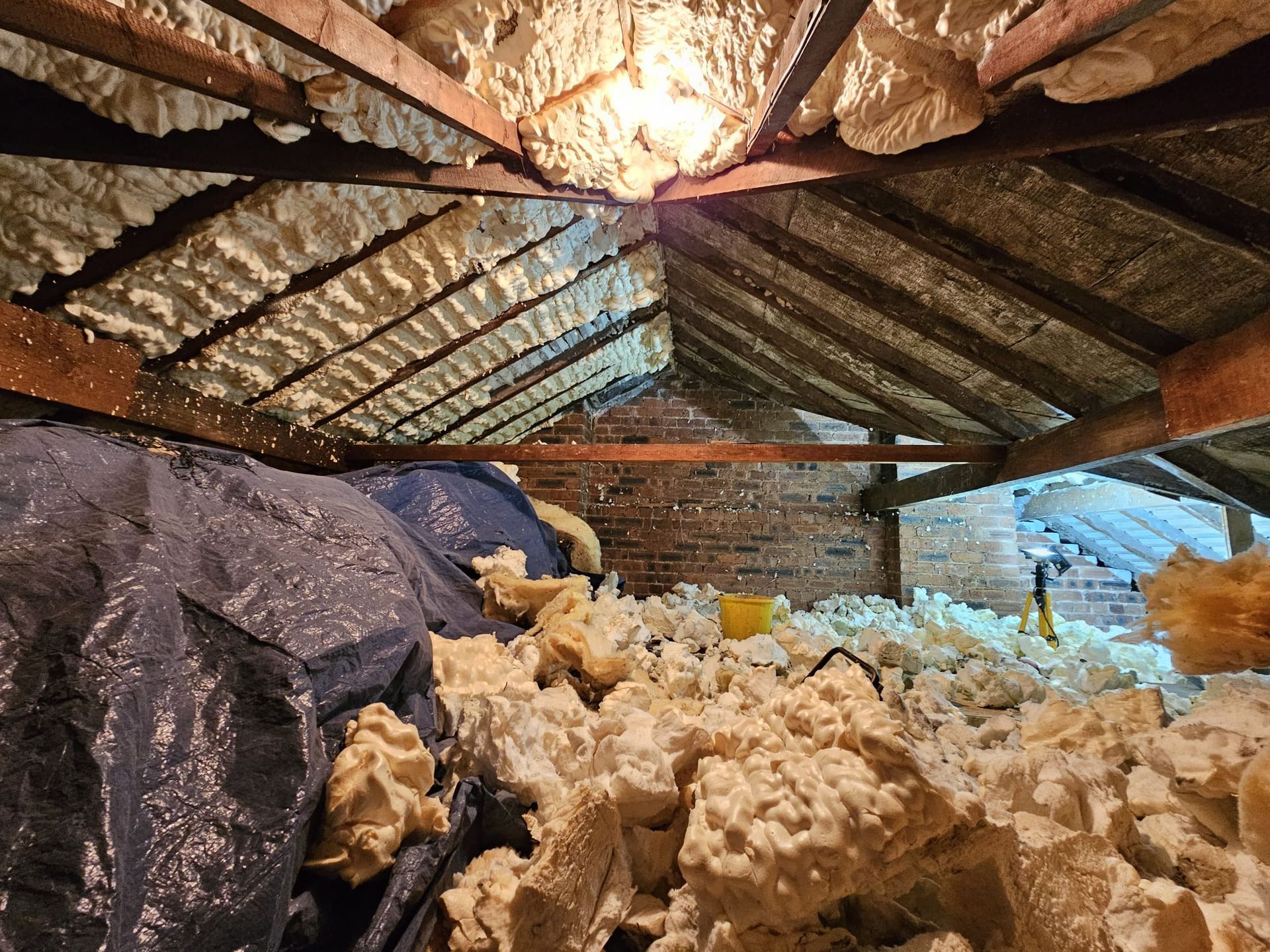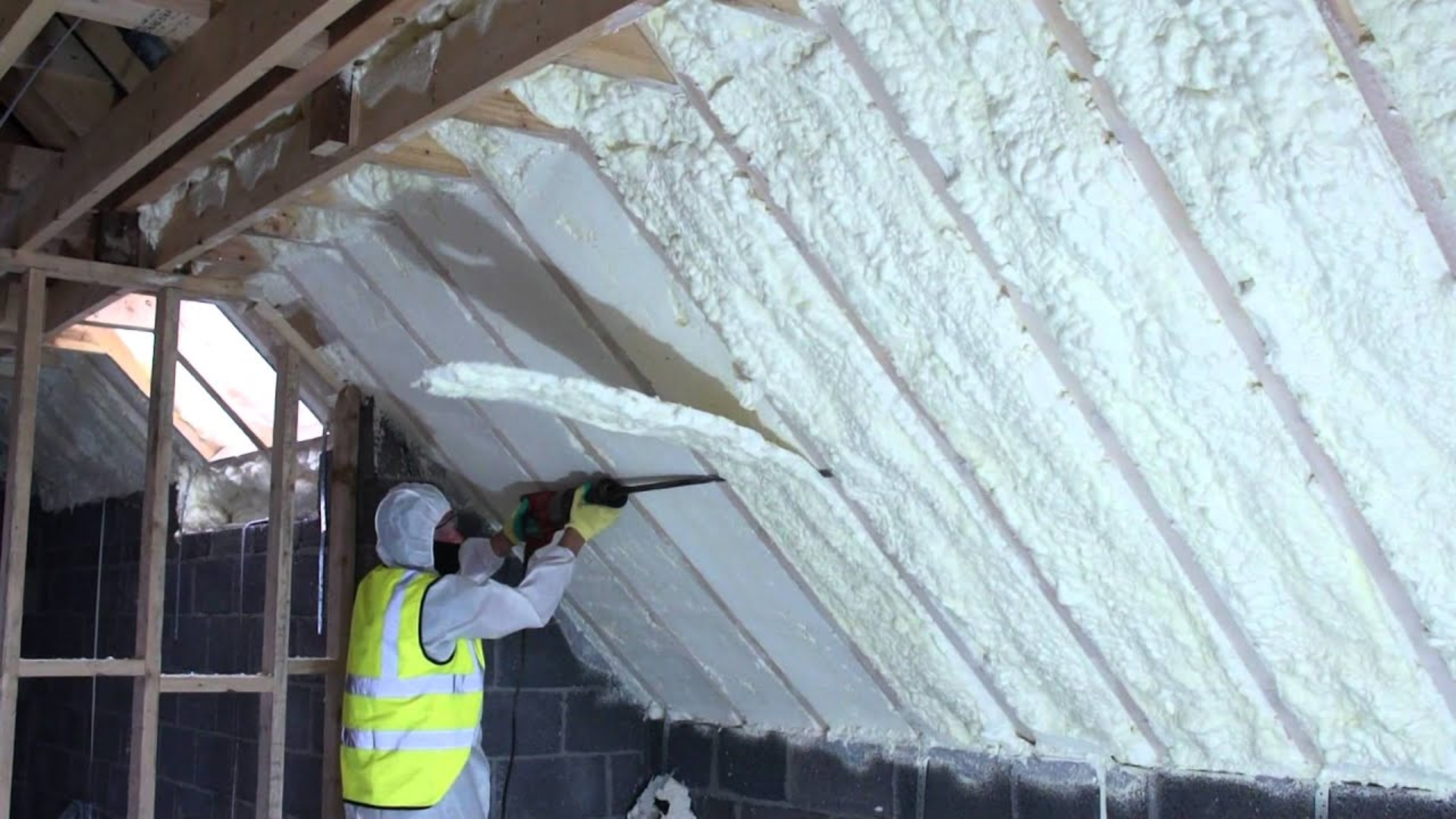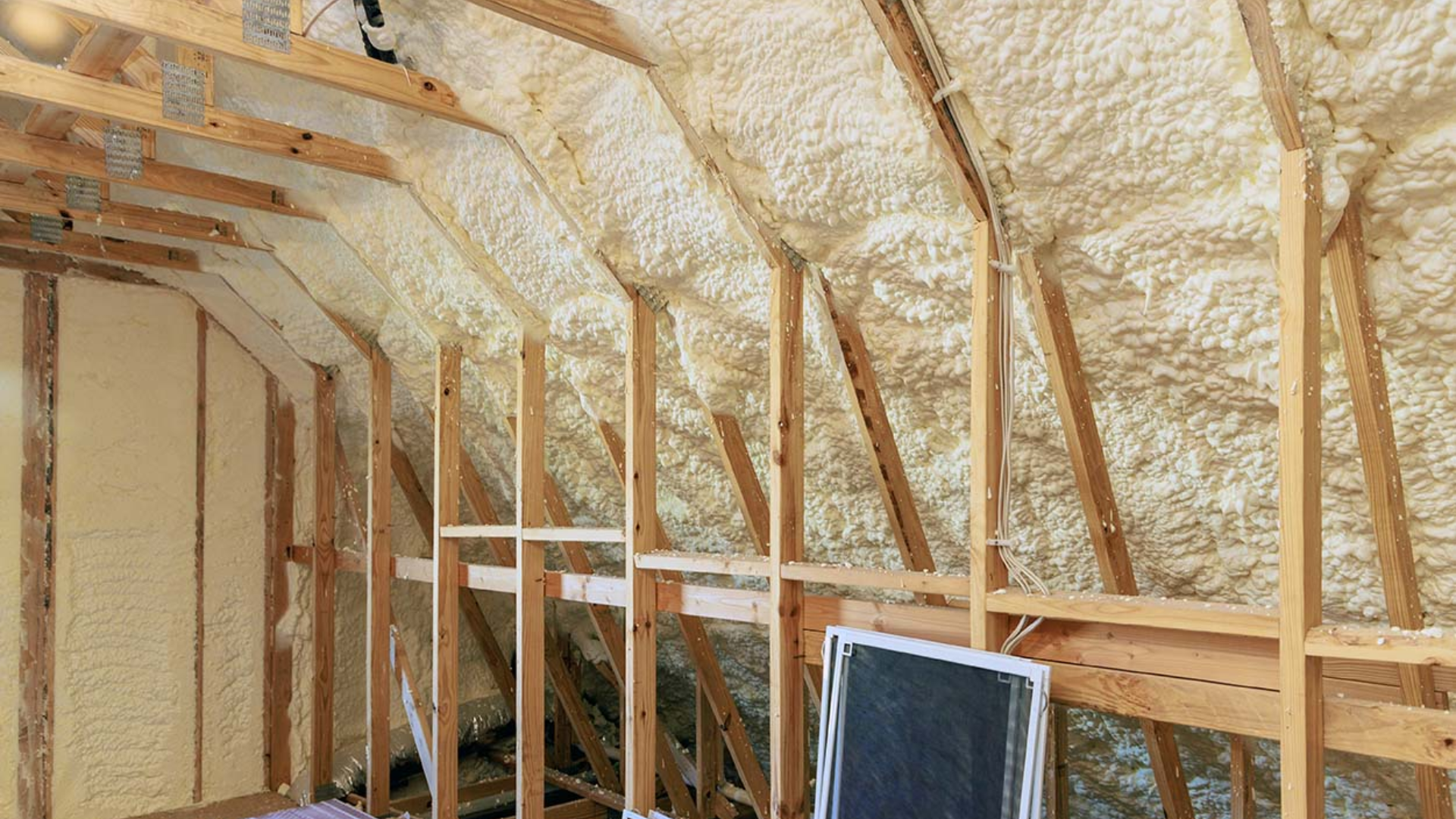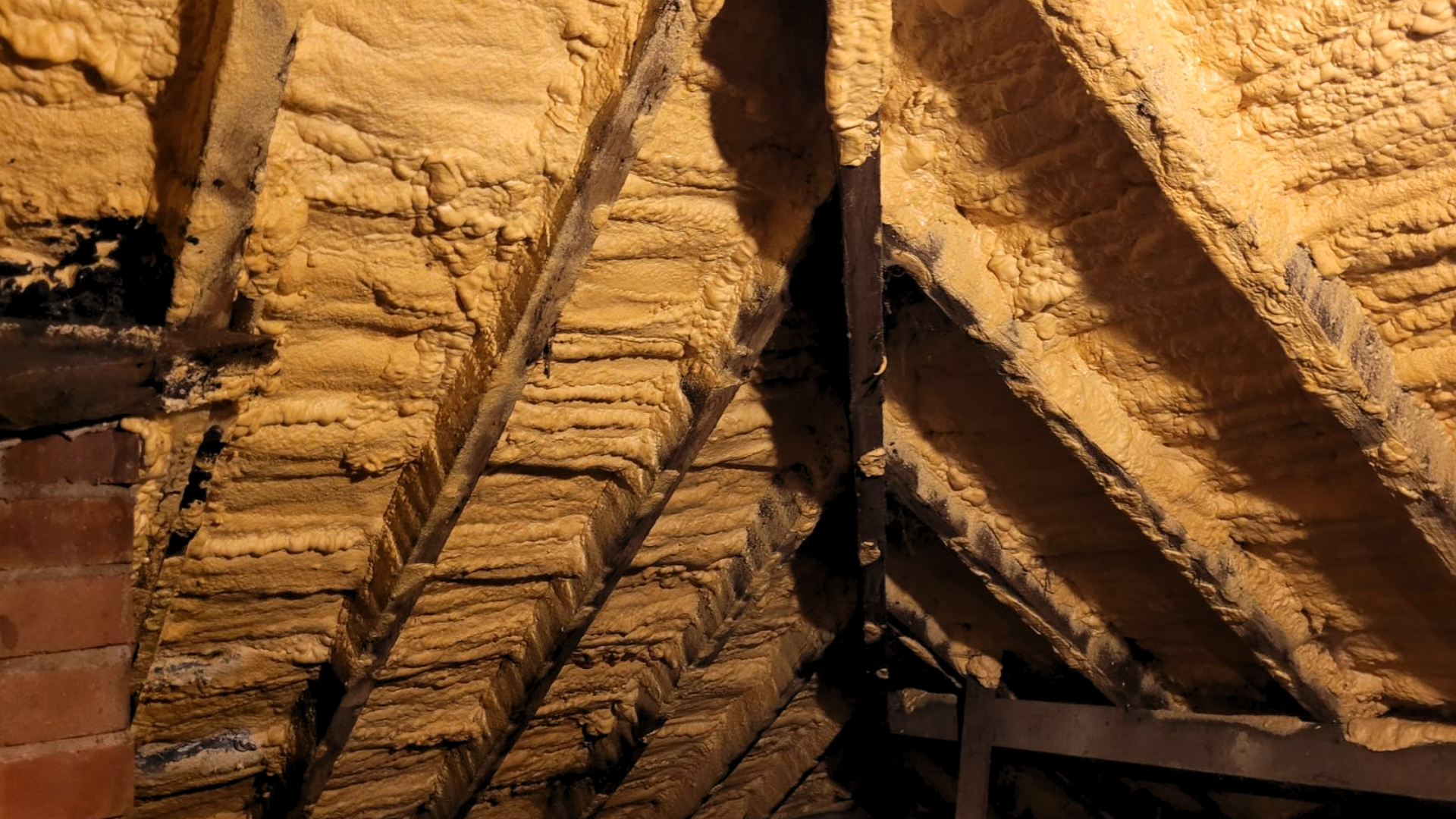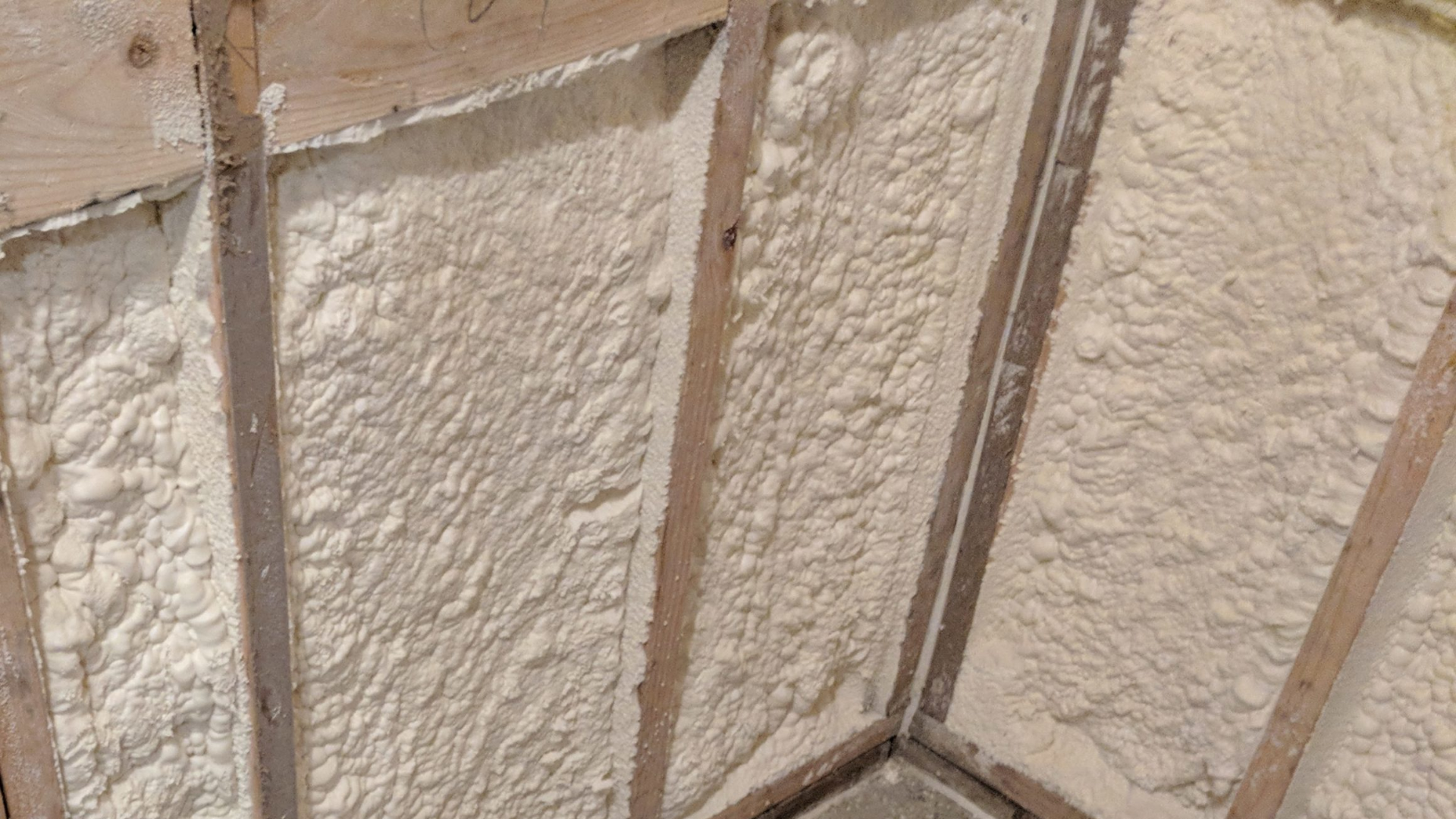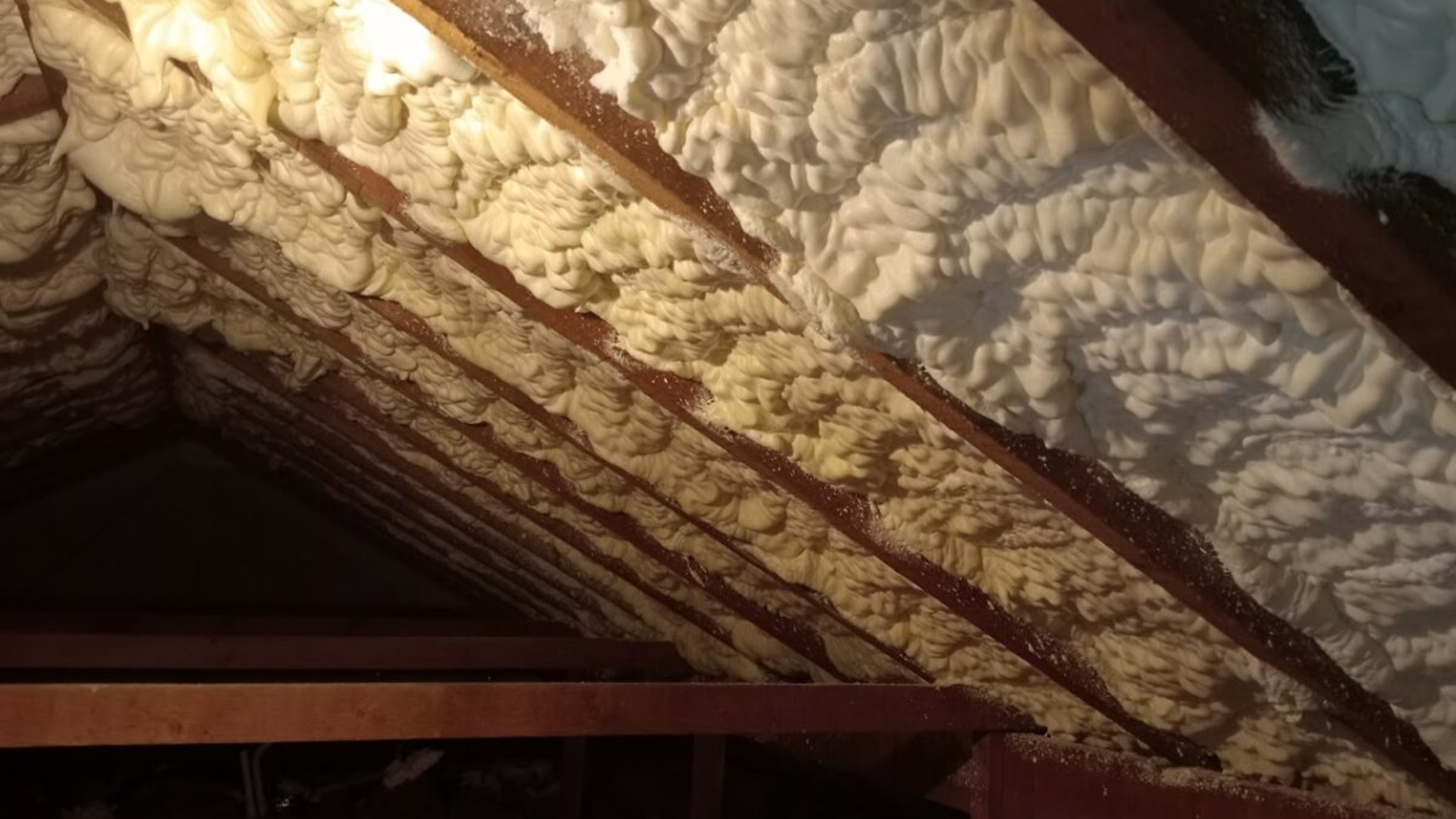Safeguard Your Home: Detecting and Handling Spray Foam Insulation Hazards
Dealing with hazards in spray foam insulation
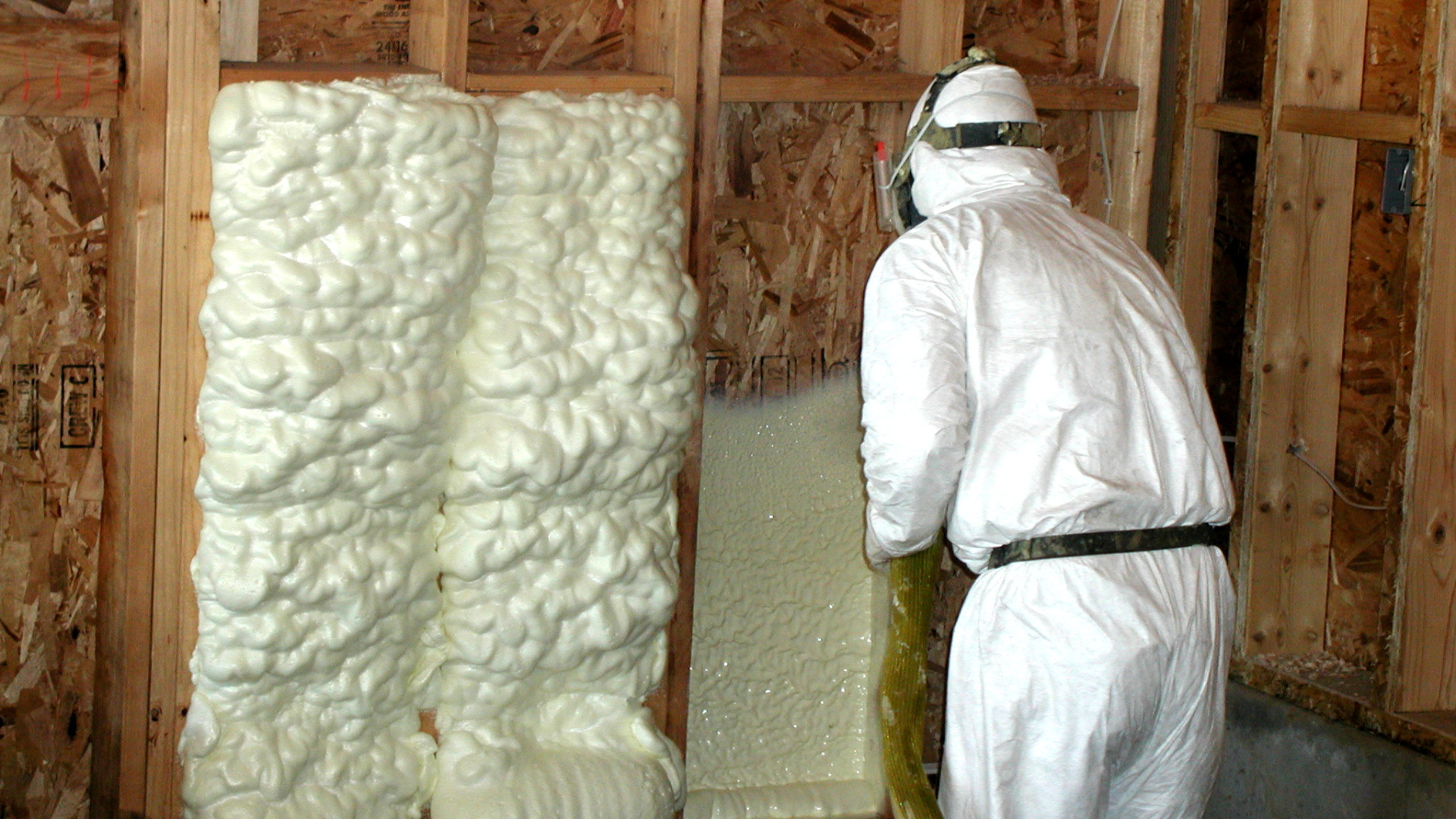
As summer is slowly drifting into autumn, the chilly winds of winter start to blow, homeowners across the UK turn their attention towards ensuring their homes are well-insulated, cosy sanctuaries against the cold. One of the most effective insulation methods gaining popularity is spray foam insulation, known for its remarkable energy efficiency and airtight sealing. At Lofteaze, we understand the significance of a well-insulated home, but we also emphaside the importance of ensuring safety throughout the insulation process. In this article, we will delve into the world of spray foam insulation and shed light on how to detect and handle potential hazards associated with it.
Understanding Spray Foam Insulation
Spray foam insulation is a cutting-edge technique that involves the application of a liquid foam material that quickly expands and hardens, creating a seamless barrier against air leakage and heat transfer. This insulation method comes in two types: open-cell and closed-cell foam. Open-cell foam is lighter and offers excellent soundproofing properties, while closed-cell foam is denser and provides higher insulation values. Spray foam is widley used in the United States of America but due to the confined housing in the UK, it’s not only not recommended, it’s also banned by some mortgage providers. It’d common practice int he UK for any sign of spray foam insulation to be removed.
Identifying Potential Hazards
Off-Gassing of Volatile Organic Compounds (VOCs)
One of the potential hazards associated with spray foam insulation is the emission of volatile organic compounds (VOCs). VOCs are chemicals that can evaporate into the air and lead to poor indoor air quality. Ensuring proper ventilation during and after installation is crucial to minimising the concentration of these compounds. If you notice a strong, unpleasant odor that persists, it might be an indication of excessive VOCs present in the indoor air.
Improper Mixing and Insufficient Curing
Improper mixing of the spray foam components can result in incomplete curing. This can lead to insulation that doesn't achieve its full potential in terms of insulation efficiency and structural integrity. It's important to monitor the curing time and follow the manufacturer's guidelines for proper mixing ratios. Inadequate curing can be identified by soft or sticky foam that doesn't fully harden.
Inadequate Ventilation During Installation
During the installation process, it's crucial to ensure proper ventilation to prevent the accumulation of potentially harmful fumes. Inadequate ventilation can lead to the concentration of VOCs and other airborne contaminants. Properly ventilating the installation area and using protective gear for installers can significantly reduce the risk of exposure to hazardous substances.
Personal Anecdote: Sarah, a homeowner in Manchester, shared her experience with us. She had opted for spray foam insulation without understanding the importance of ventilation. The strong smell lingered in her home for weeks after installation. Learning from her experience, Sarah now emphasises the need for adequate ventilation to friends and family.
Dealing with Hazards in Spray Foam Insulation
To ensure the safety of both homeowners and installers, it's essential to have a plan in place for detecting and addressing hazards during spray foam insulation installation.
Ensuring Proper Ventilation
Proper ventilation is a key aspect of reducing the risks associated with spray foam insulation. Adequate airflow helps disperse any potential fumes or VOCs that may be released during installation. Open windows and use fans to encourage air exchange, and maintain good ventilation even after installation to ensure that any lingering fumes dissipate.
Monitoring Curing Time
Curing time plays a significant role in the effectiveness of the insulation. Monitor the foam closely during the curing process to ensure it expands and hardens properly. If you notice any signs of inadequate curing, such as soft spots or tackiness, consult with professionals to address the issue before it becomes a long-term problem.
Recognizing and Addressing Excessive VOCs
If you encounter a strong and persistent smell after installation, it could indicate an excessive release of VOCs. In such cases, consider increasing ventilation and using air purifiers to improve indoor air quality. If the smell persists, seek advice from professionals to evaluate the situation and take appropriate action.
Preventive Measures for Homeowners
Choosing Reputable Contractors
Prior to installation, conduct thorough research and choose reputable insulation contractors. Look for certifications and reviews that indicate their expertise and commitment to safety. A well-informed contractor will prioritize ventilation and safety measures during the installation process.
Regular Inspections and Maintenance
After installation, make it a habit to inspect your spray foam insulation regularly. Look for any signs of degradation, damage, or potential hazards. Addressing issues promptly can prevent long-term problems and maintain the integrity of your insulation.
Lofteaze's Commitment to Safety
At Lofteaze, your safety is our top priority. We are dedicated to providing homeowners with expert guidance and reliable resources to ensure a safe insulation experience. Our certified professionals adhere to industry standards and have a deep understanding of the potential hazards associated with spray foam insulation. Feel free to reach out to us for any questions or concerns regarding insulation safety.
Conclusion
In the pursuit of a well-insulated and energy-efficient home, safety should never be compromised. By understanding the potential hazards and implementing the proper precautions, homeowners can confidently enjoy the benefits of spray foam insulation. Remember, at Lofteaze, we are here to support you on your journey to a safer and cozier home.
If you're considering spray foam insulation or have any questions about insulation safety, visit our contact page to get in touch with our experts. Your home's safety and comfort are our priority.
With a focus on the longtail keyword "Dealing with hazards in spray foam insulation," this article has delved into the critical aspects of ensuring safety while benefiting from the advantages of spray foam insulation. By following these guidelines and seeking expert advice when needed, homeowners can create a warm and secure haven while safeguarding against potential hazards.
Book an appointment


